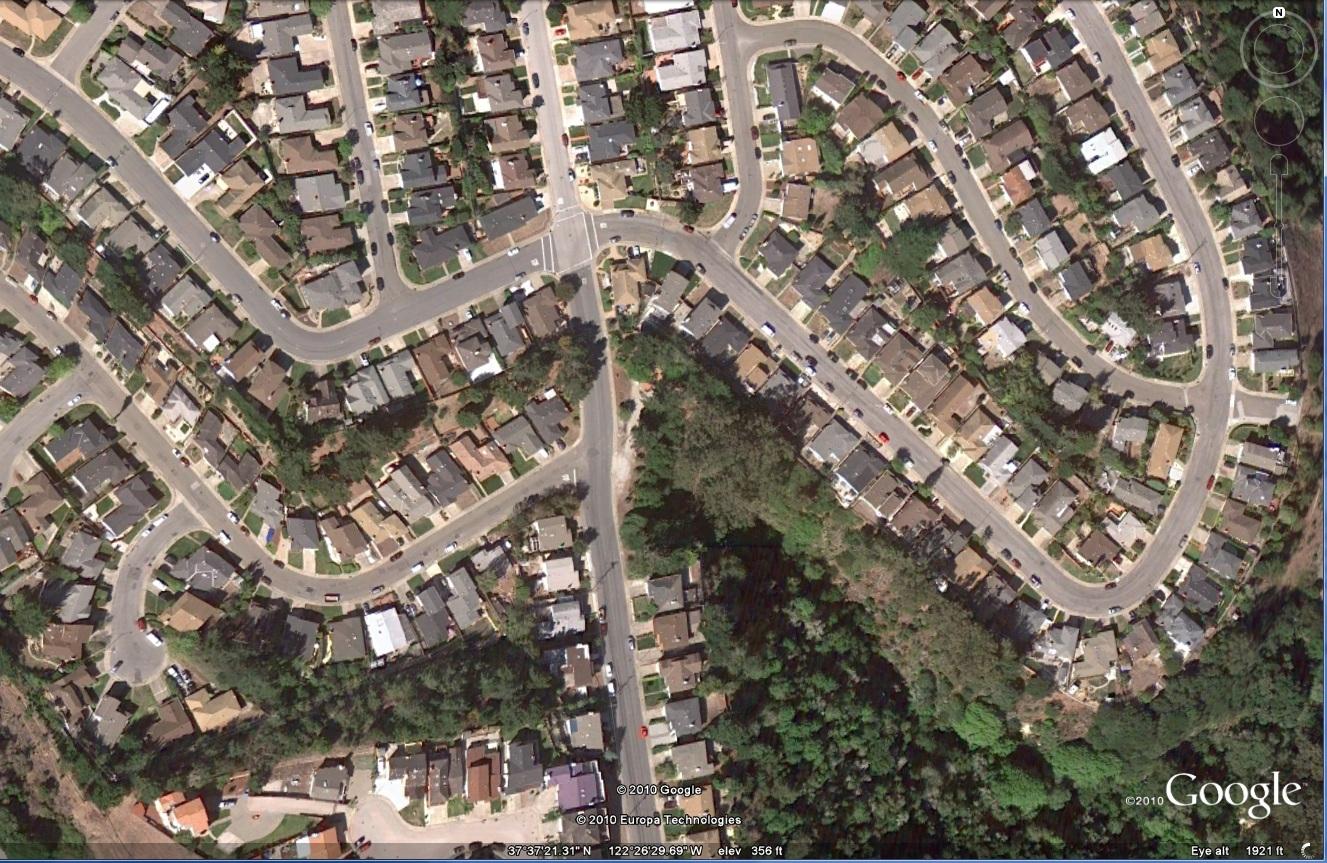According to the
LA Times, the Federal Housing Administration (FHA) is finalizing plans to reduce the initial mortgage insurance premium on certain loans to 0.01% of a home's value from 2%.
A home-equity conversion mortgage is a federally guaranteed reverse mortgage designed to let homeowners 62 or older tap the equity in their homes. The loans and accrued interest don't have to be repaid until the owner sells the home, dies or fails to live there for one year, but the loans have traditionally carried significant upfront and annual expenses.
According to participants on the conference call, there would be two types of home-equity conversion mortgages beginning this fall: a "standard" loan and a "saver" loan.
The saver loan would have an upfront mortgage insurance premium of 0.01% of a home's value, but the amount that could be borrowed, known as the principal limit, would be reduced by at least 10%. That would lower the risk to the FHA, which guarantees the loans. Because a smaller amount could be borrowed, the saver loan could be marketed as an alternative to a home-equity line of credit to seniors on fixed incomes who can't make the monthly minimum interest payments required on such lines of credit.
Under the standard loan, the upfront mortgage insurance premium charged by the FHA would remain 2% of the property value (or a maximum of 2% of the FHA maximum loan limit of $625,500), and the principal limit would be cut 1% to 5% of a home's value, depending on the borrower's age.
For both loans, the monthly mortgage insurance premium, which is 0.5% of the mortgage balance for a traditional home-equity conversion mortgage, would increase to 1.25%.
According to
David Chee , the FHA will reduce Home Equity Conversion Mortgage (HECM) proceeds ands raise premiums in October:
The U.S. Department of Housing and Urban Development (HUD) will increase the annual Mortgage Insurance Premium (MIP) charged on the Home Equity Conversion Mortgage from .50% to 1.25%. Additionally, they will likely reduce the available proceeds from a reverse mortgage by a “single digit” percent. This will take effect in October. 2010. HUD said these changes are necessary to ensure the program is sustainable. The current National Lending Limit is also set to expire on January 1, 2011. It is currently at $625,500 and will return to $417,000 unless Congress extends it. These changes will reduce the proceeds from a reverse mortgage. If you are considering a reverse mortgage in the near future, now is the time to act. If you would like more money and less fees, prior to the reduced benefit change in October, please call David Chee, Vice President and Certified Public Accountant at Seniors Reverse Mortgage Inc. at 1-800-967-3575.




